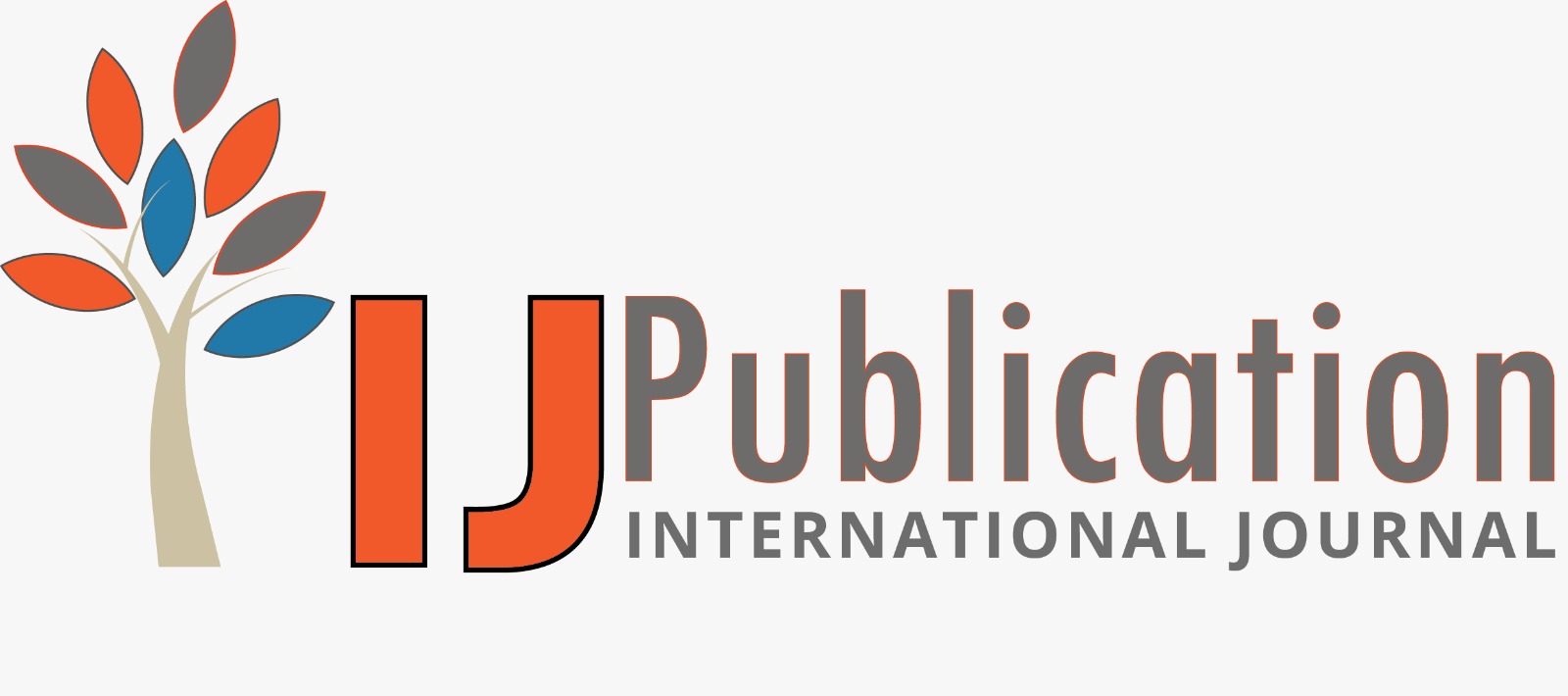SARATH BABU Reviewer
01 Jul 2025 01:37 PM
 Approved
Approved
Relevance and Originality
This research captures a critical evolution in how data governance is perceived and implemented within the medical device sector. Rather than treating governance as a regulatory formality, it is positioned as a core enabler of strategic value, especially in environments driven by MIC standards and rapid digital transformation. The framing of governed data as a means to accelerate product lifecycle innovation, from clinical validation to post-market surveillance, highlights both novelty and relevance. The alignment with technologies like digital twins and predictive analytics underscores its significance in a highly competitive medtech landscape.
Methodology
Although the abstract does not elaborate on specific methodological details, it implicitly suggests a layered governance framework built on policy formalization, organizational structure, and integration of digital technologies such as AI, blockchain, and cloud infrastructure. A strong methodology in this context would likely involve a hybrid model combining qualitative case studies from medical device manufacturers with operational benchmarking against QMS and MIC requirements. For maximum impact, the study would benefit from demonstrating how governance policies are operationalized across functional domains such as R&D, regulatory affairs, and manufacturing.
Validity & Reliability
The claims regarding improved manufacturing operations, enhanced clinical evidence generation, and innovation acceleration are well-aligned with industry priorities, yet their strength would depend on empirical substantiation. Without quantifiable performance indicators or cross-sectional analysis across product portfolios, the reliability of such outcomes remains suggestive rather than proven. However, the emphasis on aligning data integrity, traceability, and system interoperability with regulatory mandates such as MDR and ISO 13485 gives the framework a credible foundation for generalizability within highly regulated environments.
Clarity and Structure
The abstract is concise, focused, and logically structured—beginning with the industry’s dual pressure points and progressing toward the transformational potential of modern data governance. The use of practical language over theoretical jargon improves accessibility while maintaining subject specificity. Each component—compliance, innovation, operational efficiency—is cohesively connected, offering a clear narrative for stakeholders across regulatory, IT, and product management functions. With further elaboration on stakeholder implementation roles or real-world scenarios, the clarity would be enhanced without compromising rigor.
Result Analysis
The abstract emphasizes strategic outcomes such as faster development cycles, improved evidence pipelines, and adoption of advanced applications like personalized devices—all of which reflect critical medtech goals under MIC and post-market performance expectations. However, the depth of analysis would be more convincing if it mapped governance interventions directly to quantifiable gains in market approval timelines, manufacturing yield improvements, or AI model performance accuracy in regulated use cases.








SARATH BABU Reviewer